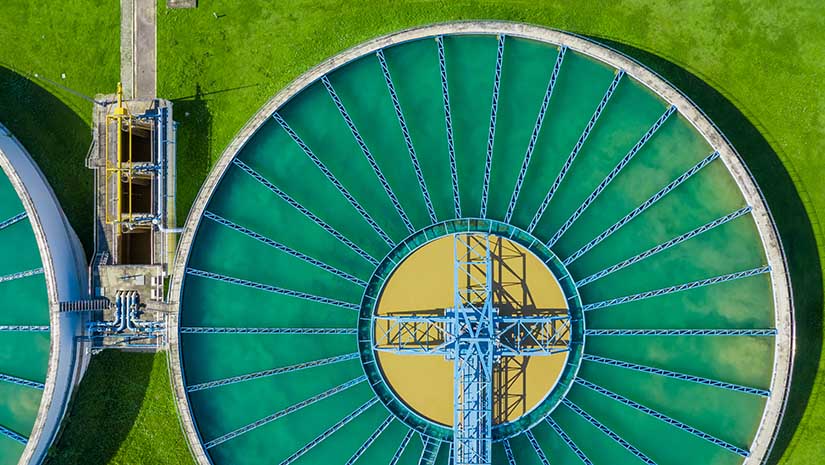New Water Treatment Technology Could Help Recycle Even Super Salty Waters
Published on by Water Network Research, Official research team of The Water Network in Technology
Researchers Find Theoretical Design Could Be Most Affordable Way To Turn Salty Waters Into Clean Drinking Water
May 15, 2023 | By Caitlin McDermott-Murphy | Contact media relations
As climate change flames a megadrought in the U.S. Southwest, the country is hitting some worrisome records. The water level of Lake Mead, which provides water for millions of people, is hovering near its lowest ever. And in some places, the shrinking Colorado River, which irrigates about 5 million acres of farmland and quenches the thirst of over 40 million people, is just desert and dust.
Meanwhile, as of 2018, about 80% of the country’s wastewater—including water used in agriculture, power plants, and mines—gets dumped back into the world, untreated and unusable, a wasted opportunity. And although today’s go-to purification technologies, which use a process called reverse osmosis, are still the most cost-effective and energy-efficient way to treat seawater and briny groundwater, conventional reverse osmosis cannot handle super-salty waters—those containing double the salt content of the ocean. As U.S. water supplies shrink (and get saltier), the country can no longer afford to dump even the saltiest sources back into the world.
Now, in a new study published in Desalination , members of the National Alliance for Water Innovation (NAWI) research consortium analyzed an emerging form of reverse osmosis, called low-salt-rejection reverse osmosis. These novel systems could treat even highly salty water. But the design is so new it is still theoretical.

In a recent collaboration with the National Energy Technology Laboratory and National Alliance for Water Innovation, NREL researchers designed a mathematical model that quickly evaluates the cost, clean water output, and energy consumption of an emerging water treatment system, called low-salt-rejection reverse osmosis, that could recycle salty waters, like wastewater, into drinking water. Photo from iStock
So, to learn how these technologies might compete with other water treatment options, the NAWI research team developed a mathematical model that could, with help from a supercomputer, quickly evaluate the cost, clean water output, and energy consumption of more than 130,000 potential system designs. Their results show that, in many cases, low-salt-rejection reverse osmosis could be the most cost-effective choice, potentially reducing the overall cost of producing clean water by up to 63%.
Taxonomy
- Desalination
- Sustainable Desalination